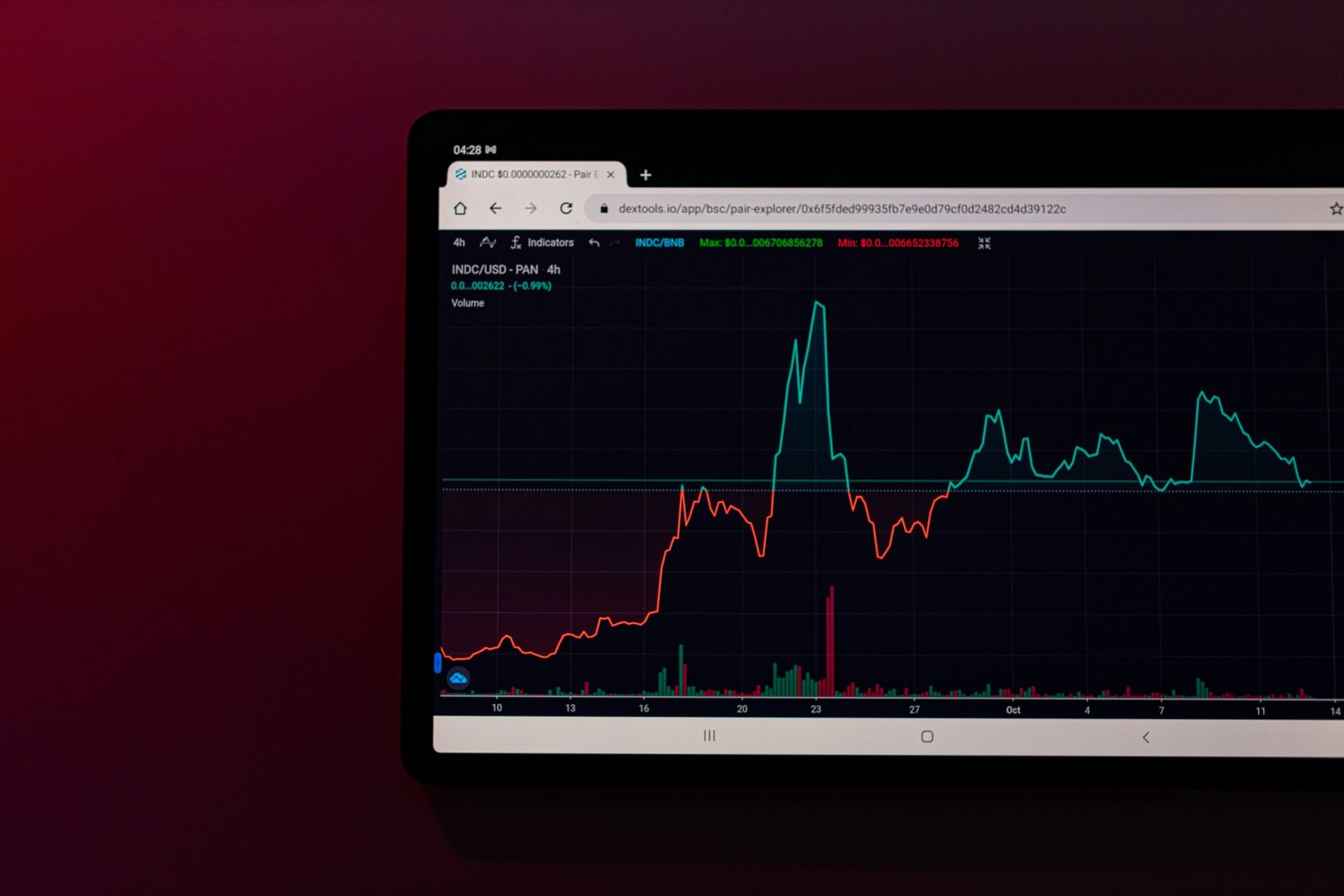Smart investing for retirement is crucial, especially for those who start after the age of 35. With fewer years to save and compound interest, it’s important to have a strategy that maximizes returns while minimizing risks. Here are some key tips for smart investing when planning for retirement later in life.
First, assess your current financial situation. Understand how much you already have saved, your monthly expenses, and your financial goals for retirement. This will help you determine how much you need to save each month to achieve your desired retirement funds.
Next, consider diversifying your investment portfolio. Diversification minimizes risks by spreading investments across different types of assets, such as stocks, bonds, and real estate. For those starting later, investing in a mix of equities and fixed-income securities can offer the potential for higher returns while managing risks.
Investing in tax-advantaged retirement accounts, such as 401(k)s or IRAs, can also be beneficial. These accounts offer tax benefits that can help grow your retirement savings more quickly. Consider maximizing your contributions to these accounts to take full advantage of the benefits they offer.
Another smart investment strategy is to focus on passive income streams. Consider investments that generate regular income, such as dividend stocks or rental properties. These can provide a steady income during retirement, reducing the need to withdraw from your savings.
It’s also important to regularly review and adjust your investment plan. As you age and your financial situation changes, your risk tolerance and investment goals may also change. Regular reviews will help you stay on track and make necessary adjustments to your portfolio to ensure it aligns with your retirement goals.
Lastly, consider seeking advice from a financial advisor. A professional can provide personalized advice based on your unique financial situation and help you make informed investment decisions.
Smart investing for retirement after 35 requires a strategic approach that focuses on diversification, maximizing tax-advantaged accounts, generating passive income, and regular portfolio reviews. With the right strategy, it’s possible to build a substantial retirement fund even if you start later in life.
Starting your journey towards a comfortable retirement might be daunting after age 35, but with the right approach, it’s entirely achievable. Consistency is key. Make a habit of setting aside a fixed percentage of your income every month for retirement, treating it just like any other essential expense. As you grow older and likely begin to earn more, increase this percentage to accelerate your savings.
To further maximize your retirement investments, consider automating your savings. Setting up automatic transfers to your retirement accounts ensures you regularly save without having to think about it each month. This not only simplifies the process but also helps in building your retirement fund steadily over time.
Moreover, consider managing your debts efficiently. High-interest debt, such as credit card debt, can significantly cripple your ability to save for retirement. Focus on repaying high-interest debts first, and then redirect that budget towards your retirement savings. This strategy not only improves your financial health but also enhances your ability to invest more in your retirement.
Another important aspect is to stay informed about the investment world. Financial markets and opportunities can change, and keeping yourself educated on these changes can help you make better investment choices. This means regularly reading financial news, attending workshops, or even joining investment groups. The more informed you are, the better your chances of making investments that yield high returns.
Lastly, prepare for unforeseen circumstances by building an emergency fund. Life is unpredictable, and having savings that you can access quickly in dire situations will prevent you from dipping into your retirement savings. Generally, it’s advised to have at least six months’ worth of living expenses saved in an easily accessible account.
In essence, starting your retirement planning after age 35 might require a bit more aggression and dedication compared to starting younger. Nevertheless, through consistent saving, wise investing, managing debts, staying informed, and preparing for emergencies, you can build a robust retirement fund that will support you in your later years. Taking the path of smart investing isn’t just about saving money; it’s about making your money work effectively for you.











